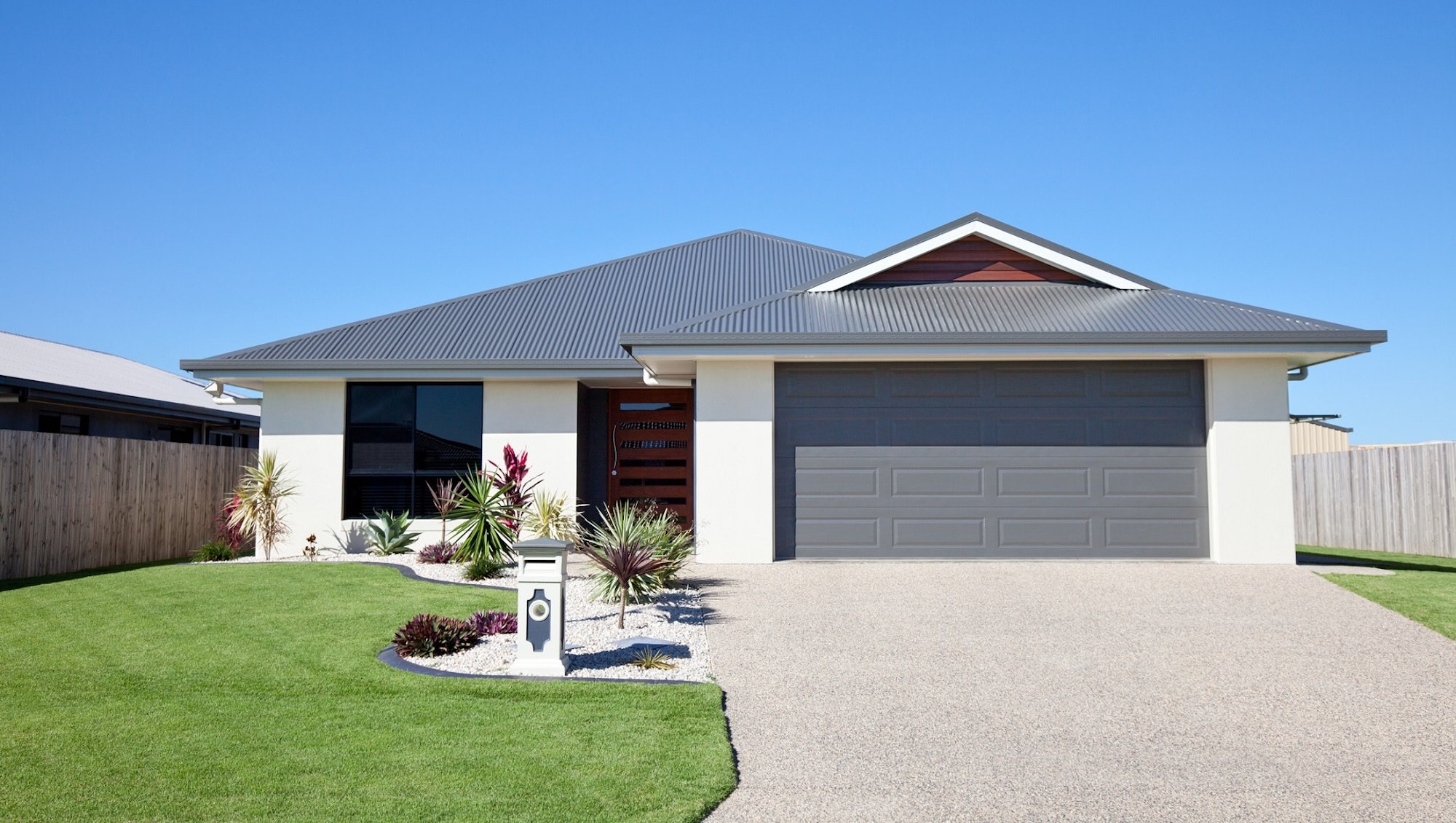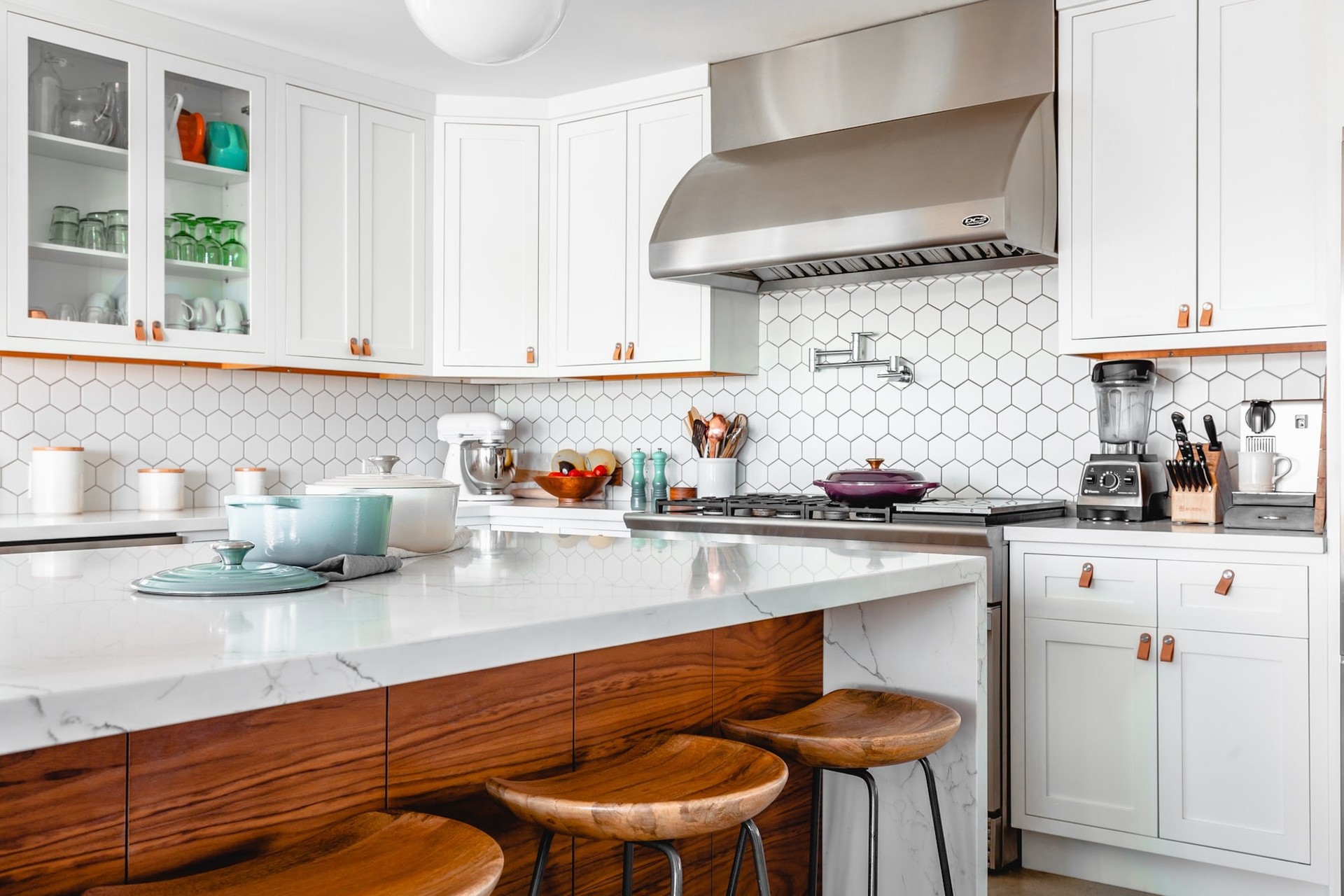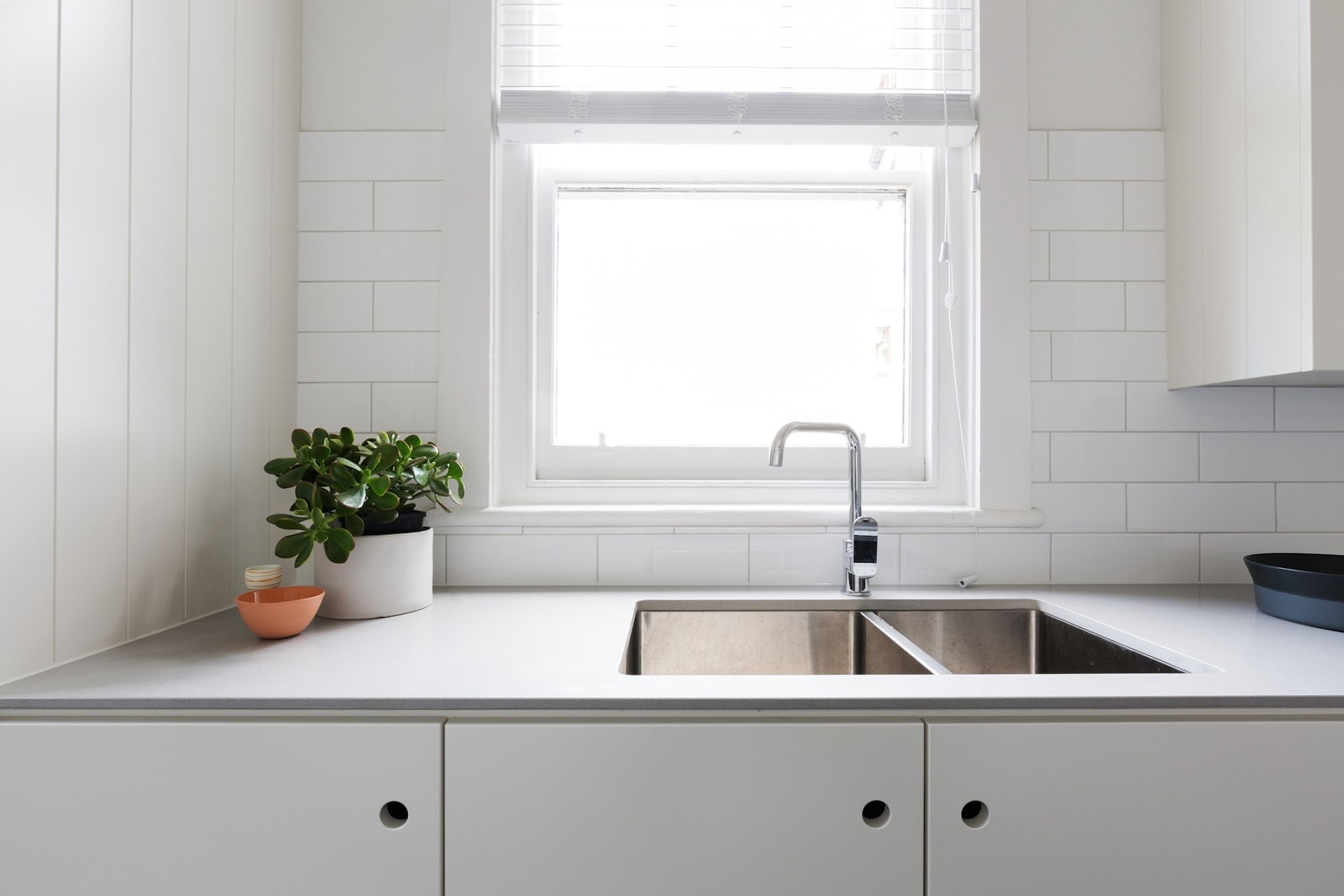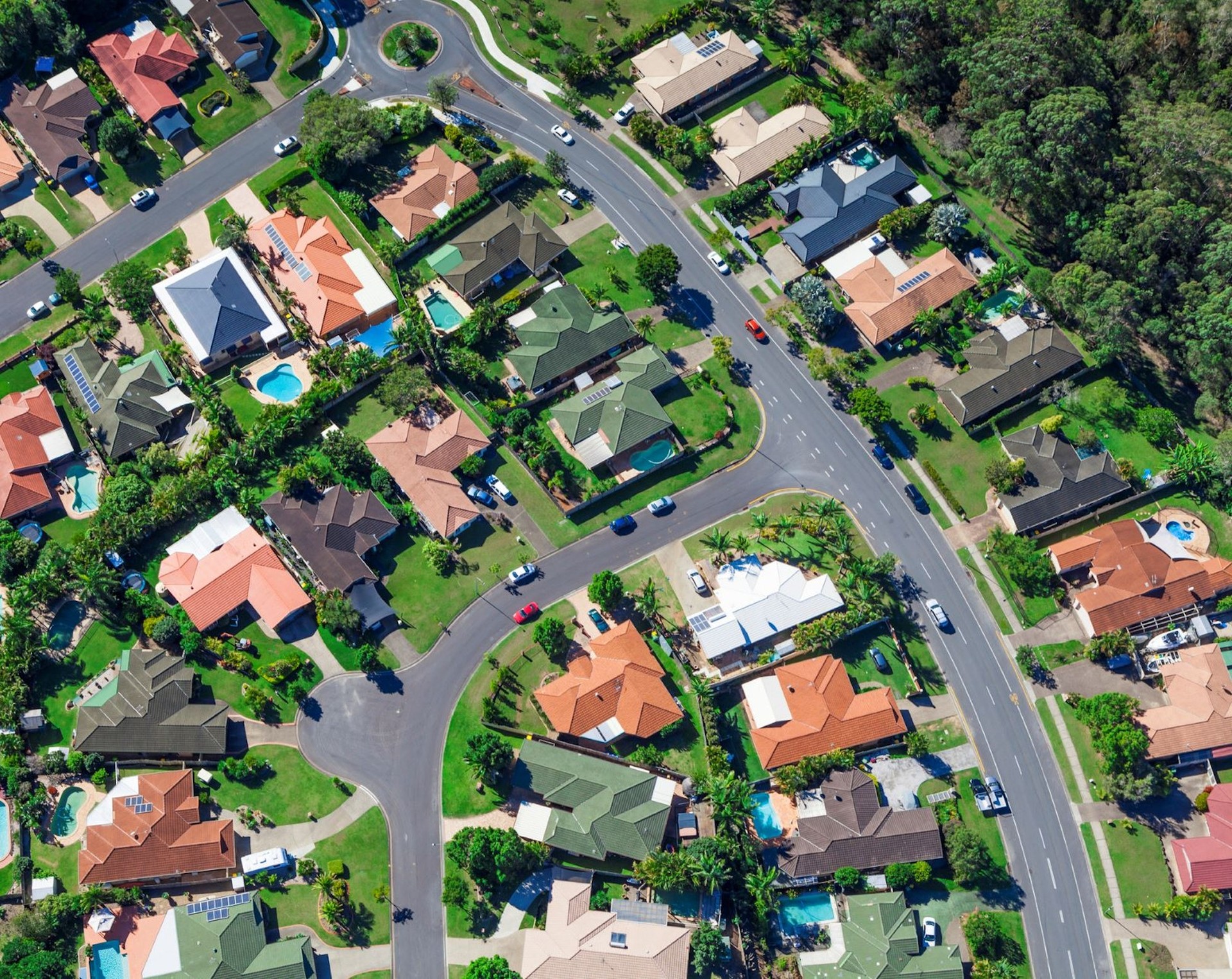Buying off the plan: pros and cons and things you should know
Many people, including first home buyers and property investors, see buying off the plan as a good way to purchase a brand new property.
However, as with any real estate purchase, there are pros and cons to consider when buying off the plan.
What is buying off the plan?
Essentially, buying off the plan is just buying a property that may be:
- In the proposal, pre-sales and planning stages
- Committed to construction start by a certain date
- Already under construction.
- Or, nearing completion and readiness to occupy.
You’ll be making your buying decisions based on what the building plans are, instead of being able to see the home as a built structure. Many projects will have a display office or display home to check out as a physical representation of what will be built.
In Australia, we have a housing supply shortage, so new housing supply and new construction is encouraged by the federal government and state governments all over the country.
Some councils or local governments can be more restrictive though, which is why certain areas seem to have much more growth in new construction, as councils have flagged certain areas as growth zones.
Is buying off the plan a bad idea?
There can be some cons of buying off the plan.
In general, these cons can be seen and mitigated by being selective about what properties and projects you consider, and by getting organised around the contract legal review with your conveyancer and your finances, which an online mortgage broker such as YouBroker.
How does off the plan differ from my own construction?
Building off the plan doesn’t quite allow the full flexibility of your own construction.
Depending on the developer, you may be able to have some say in interior design however, you won’t be able to alter the exterior of the building.
If your budget allows, the construction of your own home is a preferred option. This gives you much more control over:
- The final product
- The timeline
- The fixed-price contract to build the property
- and the plans are typically approved much more simply by the council and local planning agencies (versus a high rise apartment build).
Pros and Cons
What are the pros? (Advantages)
Buying off the plan has some real advantages to it.
- Price transparency. You don’t have to attend auctions or make offers on several houses. Instead, you are buying from the stock of property that the developer has. This is a lower-stress way to buy if the offer process puts you off.
- Quicker process. Instead of spending three months doing a lot of looking around for the ideal house or established unit or existing home, you can deal with the developer and have a more clear cut buying process. If you like the location and development, this could be a great way to save time and stress.
- You may have the chance to talk with the property developer and propose some custom changes to the interior design or fixtures and finish of the property (for example paint, tapware, flooring or cabinetry). This will depend on the developer and you’ll have to talk to them directly to find out what’s possible.
- Some developers will offer a price discount, particularly if you get in early to the development, as banks won’t approve of the finance of their development until they have sold the majority of the properties within a development.
- Stamp duty concessions are extended to 15 months for off the plan properties, instead of the 3 months that apply to other homes (with the exemption of first home buyers). It should be noted that this extension only applies to those who intend to live on the property, rather than use it as an investment.
- Stamp duty savings. Some states have incentives for first home buyers to buy new homes. You should check on your state or territory website.
- Generally, new properties come with a builder’s guarantee. This is also called Home Indemnity Insurance (HMI) and basically provides compensation for unexpected events. This could be your builder going bankrupt, faulty workmanship or if the builder is unable to work. There is usually a workmanship warranty period, also. Look for this in the purchase contract.
- You’ll usually have about 1-2 years to prepare financially for owning the home, all that you need to do is have a deposit of 10%, which is pretty good compared to the Australian average of at least 20% for most properties. Then you can get your solicitor to review the contract, and then you’ll sign the contract. During the construction time, you can continue saving without needing to make any mortgage repayments.
- You’ll be the first owner of the home and who doesn’t love new things? Newer buildings are typically more energy-efficient too which could save you some money on utility bills.
- If you looking to use this as an investment property, there are some tax benefits to this. Buying a brand new property off the plan can use depreciation to maximise your tax deductions. Typically, there are also higher weekly rent payments from tenants and lower vacancy rates for newer properties.
- There’s potential to earn interest on your deposit. Your deposit can be held in a trust account until after the building is fully constructed and sometimes you can earn interest on your deposit until the settlement of the property. The developer may also agree to a deposit guarantee from your bank, which essentially means your deposit is held in your bank and you can keep on earning your usual interest on it while the home is being built. This is subject to the development so it’s important to find out more and see if this option is suitable for you.
- Typically, the property price you pay now will be lower than the equivalent property in 1-2 years’ time. Essentially, you are locking in a purchase price earlier and avoiding any price rises. That could help you get some capital gains earlier, especially if you have done your due diligence and selected a great development.
- It gives you additional time to save. It could be anywhere between months to about two years before your property is ready to move into, and during this time you can save further deposit funds, as off the plan properties don't settle until they’ve been completed. This can allow you to get into the market earlier, particularly if you have a smaller 5% to 10% deposit, as the minimum for off the plan is typically 5-10%. This can be a big advantage for first home buyers.
What are the cons? (Disadvantages)
Of course, there are some cons to buying off the plan.
- One risk is the potential for your property value to actually be lower than the Contract Of Sale (COS) price you have purchased the property for. This may be due to factors in the market (for example, supply is high in the Melbourne CBD apartment market or Parramatta in Sydney), or through factors related to the building itself. The gaps may be $10,000 to $100,000 or more, depending on the purchase price of the property. Your way to mitigate this risk is to do your due diligence, not overpaying for the property based on comparable sales and quality. Always ensure you are looking to buy in high-quality locations and into buildings by reputable developers.
- You may find at the end of the project, that your bank doesn’t approve your home loan request. The good news is there is more than one bank or home loan lender, and YouBroker can help you navigate this and find a willing lender for your property.
- The developer of the property does not know whether your loan size is right for your situation, usually as long as you have a 10% deposit, the developer is happy. There is still the potential to lose your deposit if the builder does go bankrupt before the completion of the project, however, this will depend on the terms of the contract. Even if you do get the deposit back, there is a time delay to consider. You’ve likely spent 1-2 years waiting for the property to be ready and had the money tied up in that.
- Construction can have delays which may slow you down from being able to move in. This could mean you have to stay in your rental for longer or just have to deal with the inconvenience of things not being on schedule.
- Strata fees. These are ongoing costs such as the maintenance of facilities in the development. This could be something like a gym or pool, and they will raise the cost of your strata fees each quarter. Do your due diligence on what the strata fees will be for the building.
- You can’t inspect the property in person. Once the project is completed, it might have turned out differently than what you expected. You should ask for inspections prior to taking possession of the property and ask for any defects in the dwelling or apartment to be fixed before settlement day. If the fittings are not up to scratch or are defective, the builder must “make good” those issues.
- In some cases, the property may be in a saturated location and prices may stagnate. For example in Melbournes Southbank and CBD, apartment values stagnated and were generally not a good property investment. Part of this could be due to the property being a unit or apartment being part of large development and upon completion, many buyers might try and sell, which decreases the value of the properties in the building. You can address this risk by being more selective about where you buy, and considering more boutique developments of under 20 units.
- When buying off the plan, contracts have what’s known as a sunset clause. This is the maximum amount of time for the developer to complete the project. The purchaser, developer or builder has the right to cancel the contract given the right circumstances, within this period. Developers sometimes cancel contracts due to construction going past the sunset date, and then re-contracting the property under a new higher price. The NSW state government has caught onto this money grab and has announced to commit to greater protections for off the plan buyers.
- There can be changes to interest rates or your financial situation between when you sign and when the project is completed. To mitigate this, ensure your financial situation is the same or better than when your borrowing options were assessed.
- The good thing is that multiple lenders could write the home loan for you, and YouBroker can help you access these options quickly and easily. Best of all, we do the process online and help support you from approval through to settlement and beyond.
More on the valuation
As mentioned previously, the property value can change while it’s being built.
Initially, you agree on the Purchase Price in the contract of sale (COS).
However, if the market in that area is affected for the worse, the actual value as estimated by a bank valuer closer to the settlement day may be off, and be lower than the COS price.
For example:
- Gaurav and Lakshmi put a property under contract for an $800,000 purchase price in 2021.
- As the property neared completion, the bank valuation came back at $750,000 due to market factors.
- This impacted the couple’s LVR and caused a rethink and reconfiguration in the loan amount and deposit needed to settle the property.
The good thing is that multiple lenders could write the home loan for you, and YouBroker can help you quickly and easily access these options.
YouBroker can also arrange different valuation firms to assess the property, which will provide a better shot at getting an aligned property valuation to happen.
Best of all, we do the process online and help support you from approval through to settlement and beyond.
What’re the steps I need to take to buy an off the plan property?
- Find an off the plan development/project that suits your needs.
This can typically be done online through real estate websites such as G.J. Gardner, Domain and Realestate.com.au. You may want to aim for council-approved sites that are smaller townhouse projects, which will have a higher chance of being completed and potentially less ongoing body corporate fees. - Expression of interest
You can submit an expression of interest through the real estate agent representing the project, who can communicate with the developer of the property. There is usually a visible price list for developments, which is a positive factor in buying off the plan. - Contract and deposit
Once you’ve chosen your development project, it’s time to get into the nitty-gritty bit. You should speak to a conveyancer before signing your contract, and they’ll make sure the contract has all the relevant terms to protect you and your investment. - Pre-settlement inspection
Once the building is close to completion, you’ll be able to go and inspect it, which the builder of the property will organise with you. You can use this to make sure everything is up to your standards and what was agreed upon in your contract. Make sure to be thorough when checking it out, this is the time to get the builder to fix any issues. - Home loan
Once the property is ready to settle, it’s time for you to have your home loan organised. This is where your LVR, which we discussed above, is very important. Most lenders will require an 80% LVR, but this will depend on the lender. It’s recommended that you apply for approval about 6 weeks prior to settlement. This is where YouBroker can help you get offers and understand your rates. - Moving in
Congratulations, you’ve successfully purchased an off the plan property! Typically, the first 90 days of settlement is what’s known as a maintenance period and the builder is still obligated to fix issues that you find once you’ve moved in. However, not everything may be considered a defect and in some cases, the builder may consider it to be up to the standard agreed upon.
What are the warning signs of bad off the plan investment property?
Bad reviews of the builders. Always look up a builder’s project history. Most off the plan buildings have high quality renders of what the building will look like upon completion. You should compare the builder’s previous projects, comparing the renders to the finished product. This will help you determine whether you trust the builder’s work.
Tips for buying off the plan
- Look for good and bad reviews of the builders. Always look up a builder’s project history. Most off the plan buildings have high quality renders of what the building will look like upon completion. You should compare the builder’s previous projects, comparing the renders to the finished product. This will help you determine whether you trust the builder’s work.
- Look for good locations that are close to transport and local parks, these can go a long way in getting any potential future buyers or renters
- Consider townhouses over units, if your budget allows for this. In general, a townhouse is a more attractive asset than an apartment over the longer term.
- Check how you would be covered in the case of the builder going bankrupt
- Speak to a conveyancer or lawyer before signing a contract. This will help you understand the associated costs or risks
- Check if the developer offers any of the benefits we have discussed throughout, its important to know what you can do to save money and protect yourself
- Make sure your finance is pre-approved, this will help you negotiate with developers and you’re able to settle when needed. At YouBroker, we can help you get started on your finances with our easy to use online tools
- You can speak with the developer about the process to repair any defects that could be identified when the property is completed
Next Steps and Finance
At YouBroker, our recommendation is to:
- Start on a pre-assessment upfront, well ahead of signing any purchase contract,
- and arrange the final mortgage application and approval about 100 days ahead of the property settlement.
- In that process we’ll also help you navigate if there are any issues on valuation, building postcode, or the loan to value ratio (LVR) or apartment size to take into consideration.
You can start here on our digital platform, and get pre-approval from great Australian lenders such as Westpac, 86400 Bank, ING Bank, ANZ, Suncorp, and many more.
We will help you navigate the settlement process, and give you confidence in your purchase decision with great finance options.



